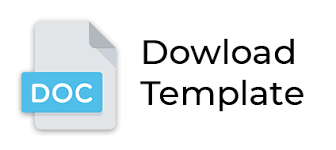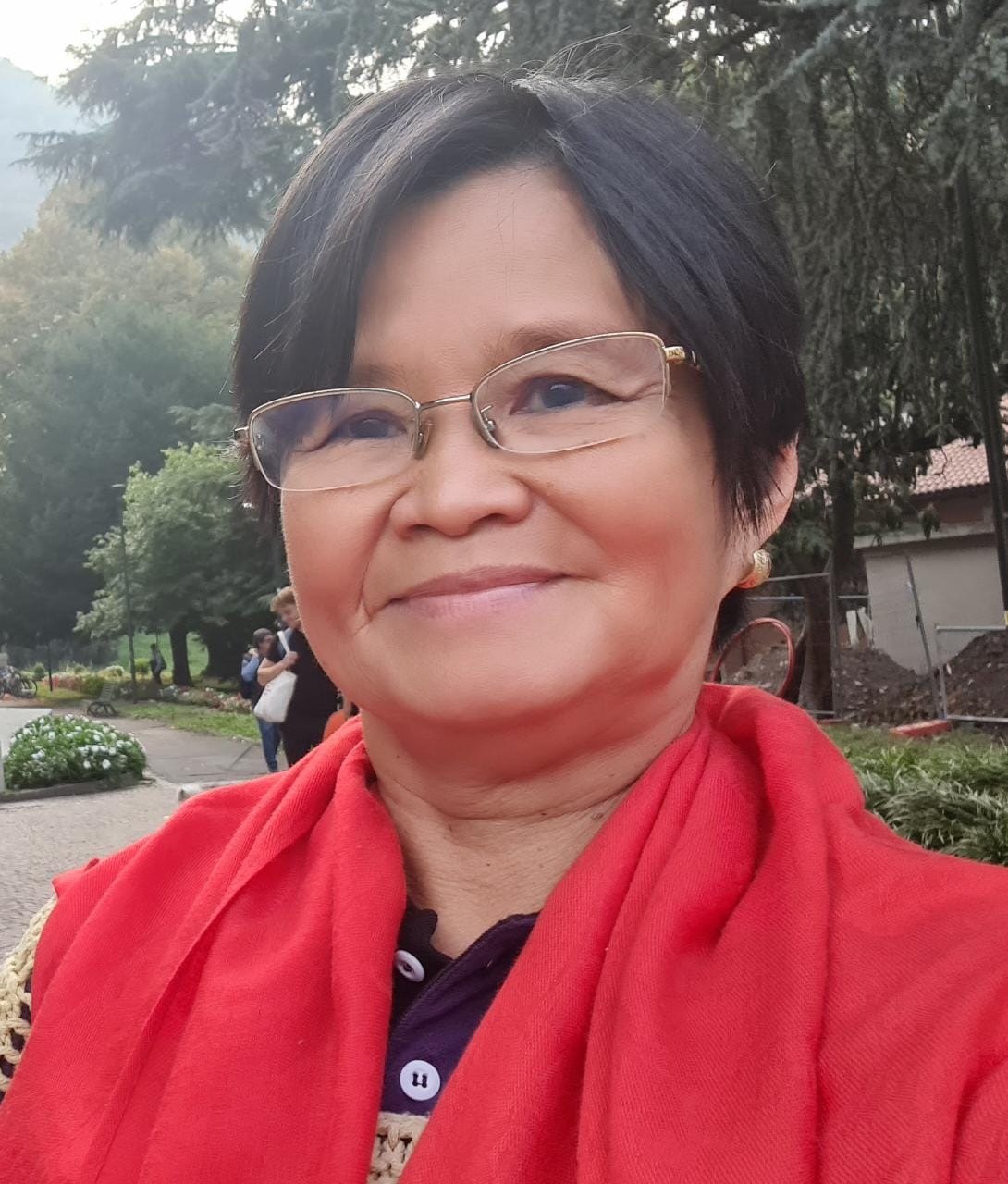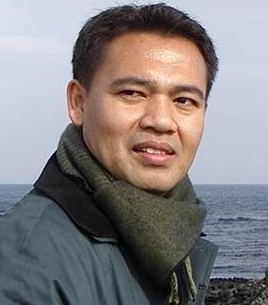The Effect of Melinjo (Gnetum gnemon L.) Leaves and Melinjo Peel Extracts on Induced-Hyperuricemia Male Rats Model
DOI:
https://doi.org/10.28932/jmh.v2i4.1840Abstract
Hyperuricemia is condition which blood uric acid levels increase, in men are greater than 7 mg/dL and in women over 6 mg/dL. In Indonesia the prevalence of hyperuricemia was 32% in people under 34 years and increases every year. Beside an emping from melinjo seed there is Indonesian meals made from mixture of seed, peel and leaves of melinjo, namely as sayur asem. Consumption a lot of emping can induced hyperuricemia. This study aims to assess the effect of melinjo leaves and peel extracts to reduce uric acid levels on melinjo seed hyperuricemia male rats model. Methods: Induction was performed by giving high purine diet, melinjo seed crude drug (emping) 4.5 g/kg bw. Ethanol extracts of melinjo leaves and melinjo peel were administered in 3 doses. Results: Ethanol leaves extract of melinjo (Gnetum gnemon L.) 36 mg/kg bw could decrease uric acid levels up to 61.04%, while ethanol peel extract of melinjo 13 mg/kg bw can decrease uric acid levels up to 31.25%. Conclusions: Melinjo seed crude drug (emping) could increase the bloods uric acid level in rats up to 4.65 mg/dL. Ethanol leaves and peel extracts of melinjo could decrease uric acid blood levels in hyperuricemia rats. Keywords : Gnetum gnemon L., seed, leaves, peel, antihyperuricemiaDownloads
Download data is not yet available.
Downloads
Published
2019-08-27
How to Cite
1.
Sari NK, Soemardji AA, Fidrianny I. The Effect of Melinjo (Gnetum gnemon L.) Leaves and Melinjo Peel Extracts on Induced-Hyperuricemia Male Rats Model. J. Med. Health [Internet]. 2019Aug.27 [cited 2025Jan.18];2(4). Available from: http://224305.koshikahk.tech/index.php/jmh/article/view/1840
Issue
Section
Articles
License
Authors who publish with this journal agree to the following terms:
- Authors retain the copyright and grant the journal right of first publication with the work
simultaneously licensed under a Creative Commons Attribution-NonCommercial 4.0 International License that allows others to share the work with an acknowledgement of the work's authorship and initial publication in this journal. - Authors are able to enter into separate, additional contractual arrangements for the nonexclusive distribution of the journal's published version of the work (e.g., post it to an institutional repository or publish it in a book), with an acknowledgement of its initial publication in this journal.
 This work is licensed under a Creative Commons Attribution-NonCommercial 4.0 International License.
This work is licensed under a Creative Commons Attribution-NonCommercial 4.0 International License.

















